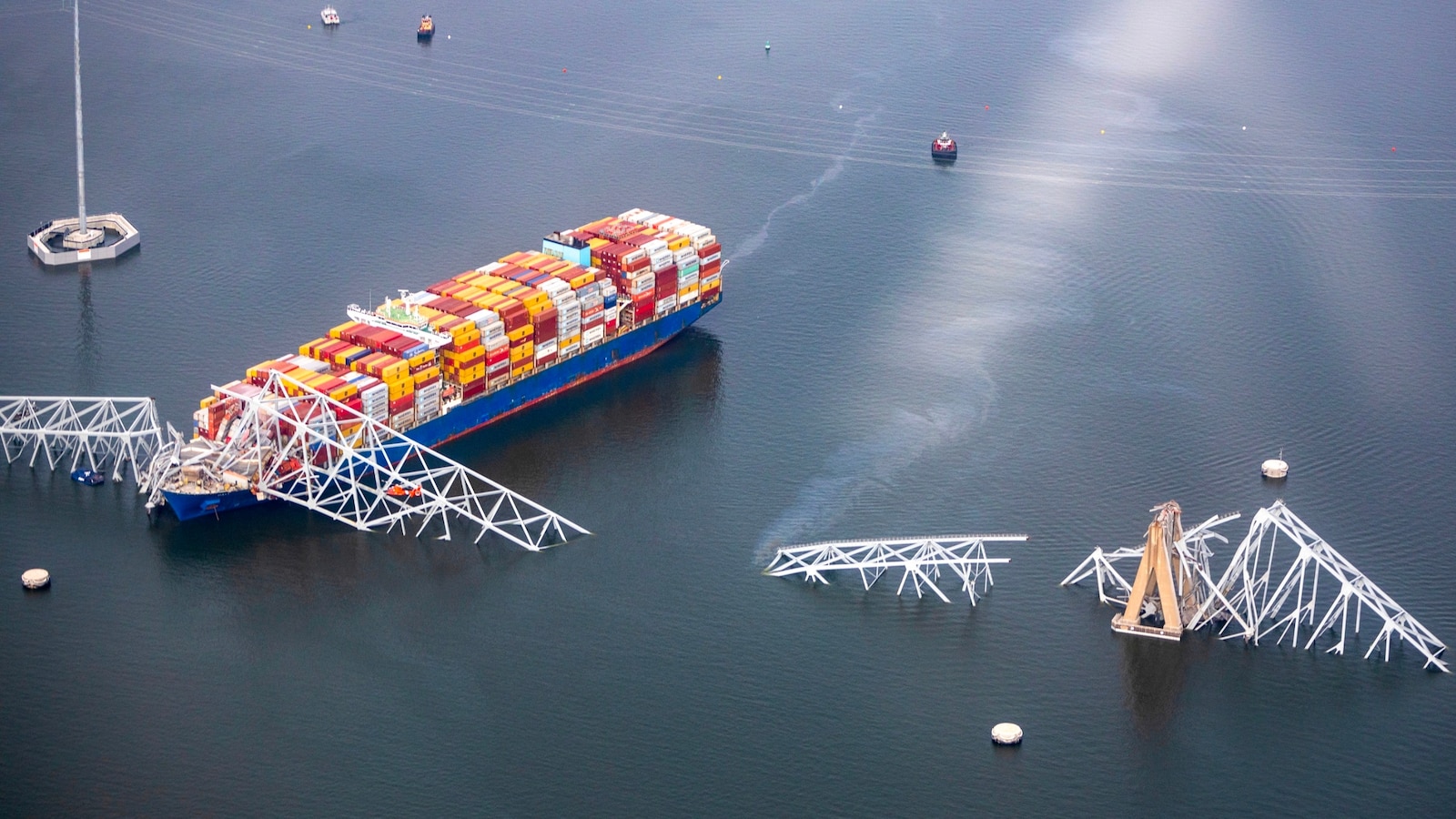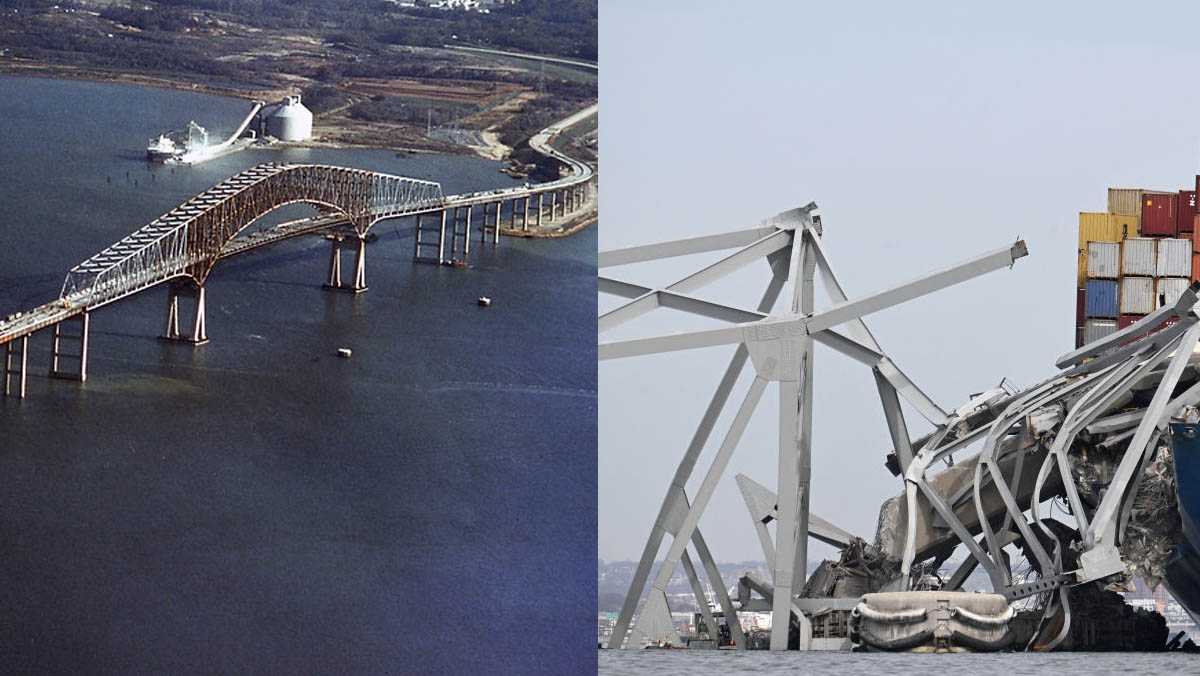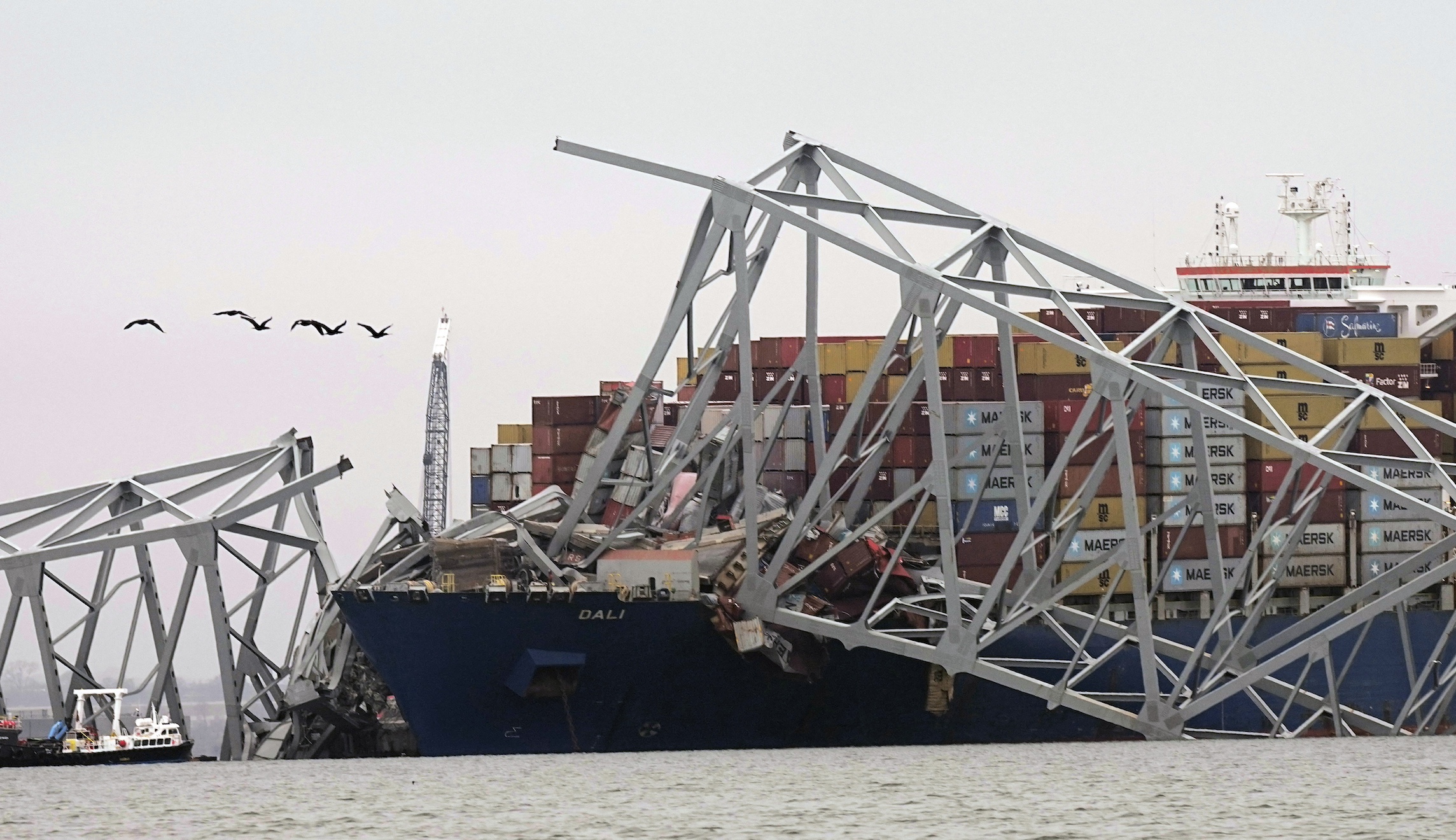Here’s an article explaining why the Francis Scott Key didn’t.
They’re required on newer bridges.
And earlier in either this (or the other thread on this incident), I posted where the decision was made sometime after a 1980 bridge collapse NOT to add them to the Francis Scott Key because of cost.
They may have helped. They may not have. And newer bridges will have fender and dolphins AND be designed with these gigantic ships in mind.
Unless you have Time Machine, it’s hard to blame people in the 70’s for this. And hard to blame people who decided not to add fenders, bumpers, etc after when they didn’t have the money TO do so.
This is a tragic situation. Lots of lessons will be learned and hopefully applied. (But pardon me for expecting it to completely be forgotten about by most people in general by the end of the week)
Baltimore’s Francis Scott Key Bridge partially collapsed early Tuesday morning after a massive cargo ship collided with one of the bridge's support columns.

abcnews.go.com





